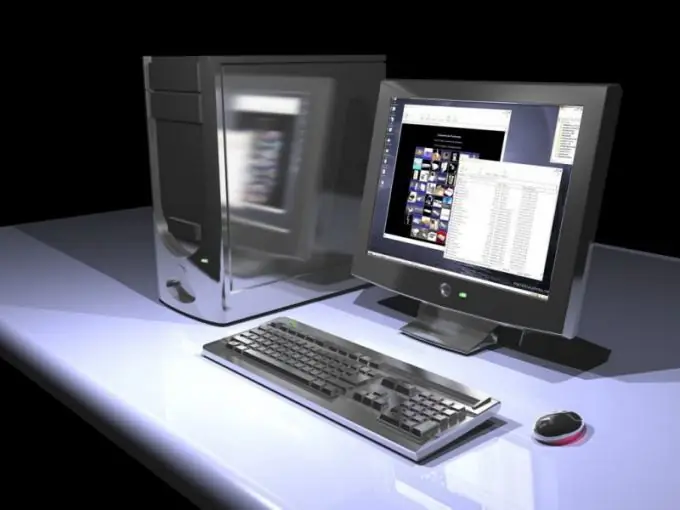In a general sense, cache memory refers to memory with fast access, which contains current information and computational results. In modern computers, the cache memory is located on the same die as the central processing unit.

Instructions
Step 1
To get detailed information about your computer, it is convenient to use the free CPU-Z program. Download the installation file and run the program. Go to the Caches tab
Step 2
The cache memory is divided into levels. Their number in modern processors can go up to 3. Memory of the first level L1 is the fastest. To optimize information processing, the L1 cache can be divided into the L1 D-Cache data cache and the L1 I-Cache instruction (command) cache.
Step 3
L2 cache is slower and larger. In older computers, it is designed as a separate chip on the motherboard. L3 cache is the slowest, although it is much faster than RAM. L3 volume can be up to 24 Mb.
Step 4
You can also view the properties of the cache memory using the Everest program. Run the program and expand the "Motherboard" list. Double click on "CPU". On the right side of the window, under CPU Properties, you will see options for the different cache levels
Step 5
In the "Tools" menu, select the "Test cache and memory" command. In the new dialog box, click the Start Benchmark button. The program will start checking the performance of memory for reading, writing and copying information
Step 6
Windows OS uses a L2 cache to speed up access to system memory. You can view the cache value using the registry editor. Choose the Run command from the Start menu. In the search box, enter the regedit command.
Step 7
Locate the registry key HKEY_LOCAL_MACHINESYSTEMCurrentControlSetControlSession ManagerMemory Management. This folder contains information about all types of memory on your computer.
Step 8
You can find out the amount of cache memory in the BIOS menu. After turning on the computer, wait for a short POST beep. The Press Delete to setup line will appear on the screen. Instead of Delete, the BIOS designer can assign a different key, most often F2 or F10. In the BIOS menu, find the CPU Configuration item - it will indicate the cache memory parameters.






